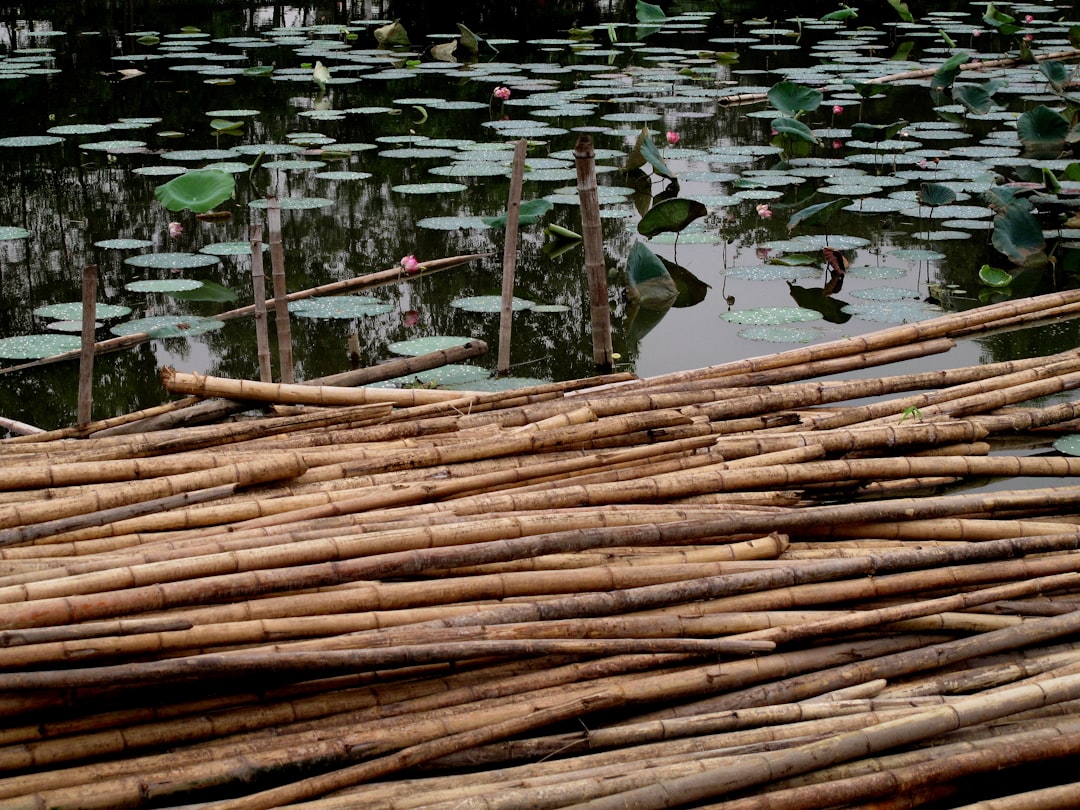What is it about?
Due to strong binding, optical clarity, adhesion to many surfaces, toughness and flexibility Polyvinyl butyral (PVB) resin films are commonly used in the automotive and architectural application as a protective interlayer in the laminated glass. Worldwide million tons of PVB waste generated from end-of-life automotive associated with various environmental issues. Stringent environmental directive, higher land cost eliminates land filling option, needs a study, we have developed a mechanochemical separation process to separate PVB resins from glass and characterized the separated PVB through various techniques, i.e., scanning electron microscope (SEM), energy-dispersive X-ray spectroscopy (EDS), infrared spectroscopy (IR) and nuclear magnetic resonance spectroscopy (NMR). Commercial nonionic surfactants D201 used for the mechanochemical separation purpose. Through parameter optimization following conditions are considered to be the optimum condition; 30 Vol % D201, stirring speed of 400 rpm, 35 oC temperature, operation time 1 h, and dilute D201 volume to waste automotive laminated glass weight ratio of ≈ 25. The technology developed in our laboratory is sustainable, environmentally friendly, techno-economical feasible process, capable of mass production (recycling).
Featured Image
Why is it important?
Waste automotive laminated glass and polyvinyl butyral mechanochemically separated. An economical total recovery and environment-friendly process has been developed. It is a global problem rather than regional environmental issue has been addressed. Without using hazardous chemical wastes are being converted to a wealth
Perspectives
Based on above mechanochemical separation process, an economical and environment-friendly process has been developed. As no hazardous chemical being used rather the wastes are being converted to a wealth, the process is a sustainable and environment friendly process. Automotive laminated glass waste is a global problem rather than regional environment issue need to address. The developed process solves an important global environment issue through a simple possible mechanochemical process.
Dr Basudev Swain
Institute for Advanced Engineering (IAE)
Read the Original
This page is a summary of: Recycling of waste automotive laminated glass and valorization of polyvinyl butyral through mechanochemical separation, Environmental Research, October 2015, Elsevier,
DOI: 10.1016/j.envres.2015.08.017.
You can read the full text:
Contributors
The following have contributed to this page










